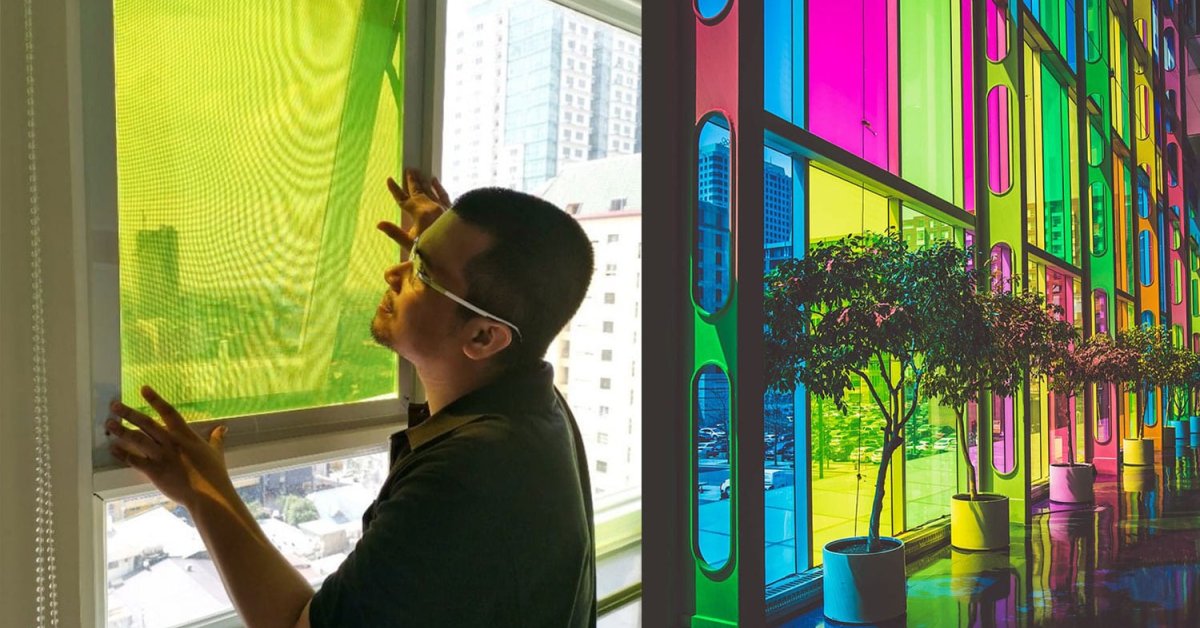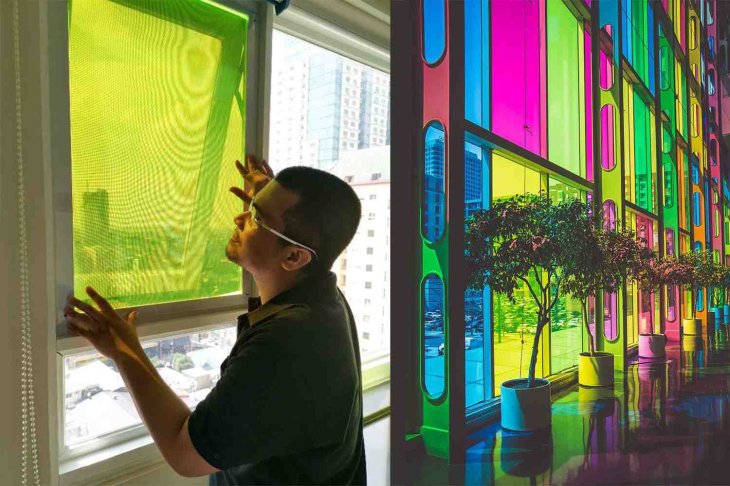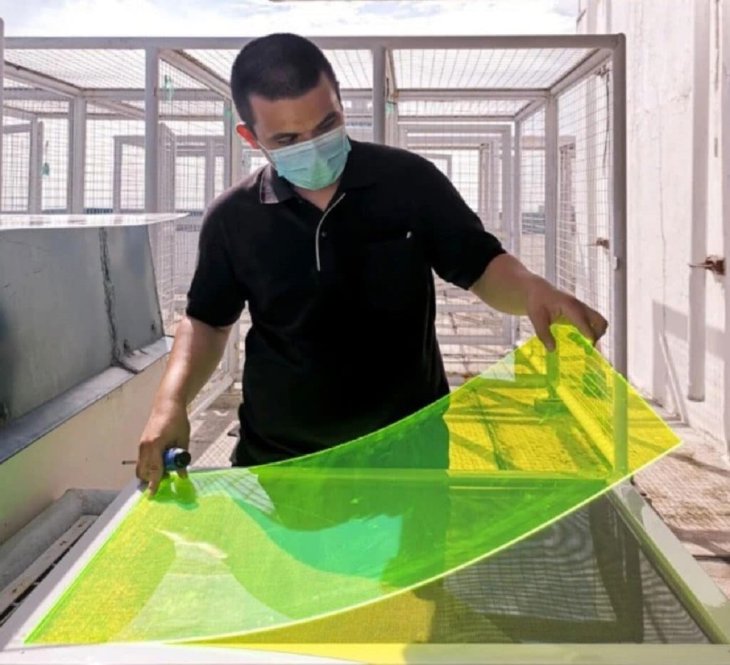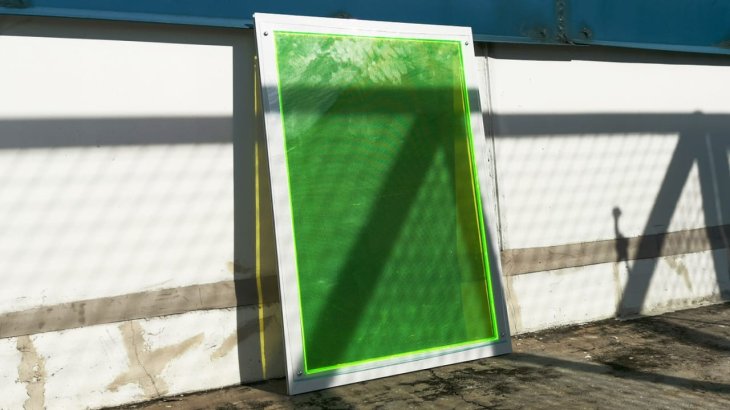This Solar Panel Can Work Even When There's No Sunlight
Dhir Acharya - Nov 30, 2020

The concept makes use of luminescent particles from vegetable and fruit waste that absorb UV light, which is then converted into visible light.
- Solar-Powered Yacht Travels Endlessly Without Fuel, Noise Or Emissions
- This City Installs 187 Solar Panels For Rs 80 Lakh, Forgets To Connect Them For 6 Months
- This Startup Uses AI To Generate Enough Heat To Melt Steel From Solar Energy
Solar panels are the key components in the revolution of clean energy. But their operation is really limited when there are clouds over the area where they’re installed.
This can finally change as an electrical engineering student from Mapua University has developed a new kind of solar panel that can obtain unseen ultraviolet light the sun beams through dense clouds.

The creation helped the student win the James Dyson Sustainability Award, and he hopes that it will soon be deployed for walls and windows on large buildings to turn them into constant energy sources.
Dubbed AuREUS (or Aurora Renewable Energy and UV Sequestration), the concept was invented by Carvey Ehren Maigue from Mapua University, the Philippines.
The concept makes use of luminescent particles from vegetable and fruit waste that absorb UV light, which is then converted into visible light. Next, a solar film converts the light into energy. Maigue explained:
“It’s similar to how we breathe in oxygen and we exhale carbon dioxide. It takes in ultraviolet light, and then after some time it would shed it as visible light.”

The award Maigue won comes with a $35,000 prize (Rs 25.87 lakh), which will allow him to further develop his idea.
The prototype Maigue developed to demonstrate his concept is a 3x2 foot lime green-tinted panel he installed in the window of his apartment. In the demonstration for the James Dyson Award, Maigue showed that his panel could generate an amount of energy enough to charge two phones a day. If this model is scaled up, they could let buildings run on their own electricity.

Even better, Maigue added that the material can be applied to clothing fabrics so that more people can adopt new energy solutions. He said:
“If we can democratize renewable energy, we can bring it both physically closer to people as well as psychologically closer. It would give them a sense of access to it, that they are closer to it, that they don’t have to be large institutions that have the capability to harvest solar energy with their rooftops.”
The next step for Maigue is developing the first installation of this concept for a medical clinic in the Philippines that often had no power during storms.
>>> World’s Most Luxurious Soap Has Gold & Diamond Powder, Costs $2,800
Featured Stories

Features - Jul 01, 2025
What Are The Fastest Passenger Vehicles Ever Created?

Features - Jun 25, 2025
Japan Hydrogen Breakthrough: Scientists Crack the Clean Energy Code with...

ICT News - Jun 25, 2025
AI Intimidation Tactics: CEOs Turn Flawed Technology Into Employee Fear Machine

Review - Jun 25, 2025
Windows 11 Problems: Is Microsoft's "Best" OS Actually Getting Worse?

Features - Jun 22, 2025
Telegram Founder Pavel Durov Plans to Split $14 Billion Fortune Among 106 Children

ICT News - Jun 22, 2025
Neuralink Telepathy Chip Enables Quadriplegic Rob Greiner to Control Games with...

Features - Jun 21, 2025
This Over $100 Bottle Has Nothing But Fresh Air Inside

Features - Jun 18, 2025
Best Mobile VPN Apps for Gaming 2025: Complete Guide

Features - Jun 18, 2025
A Math Formula Tells Us How Long Everything Will Live

Features - Jun 16, 2025
Comments
Sort by Newest | Popular